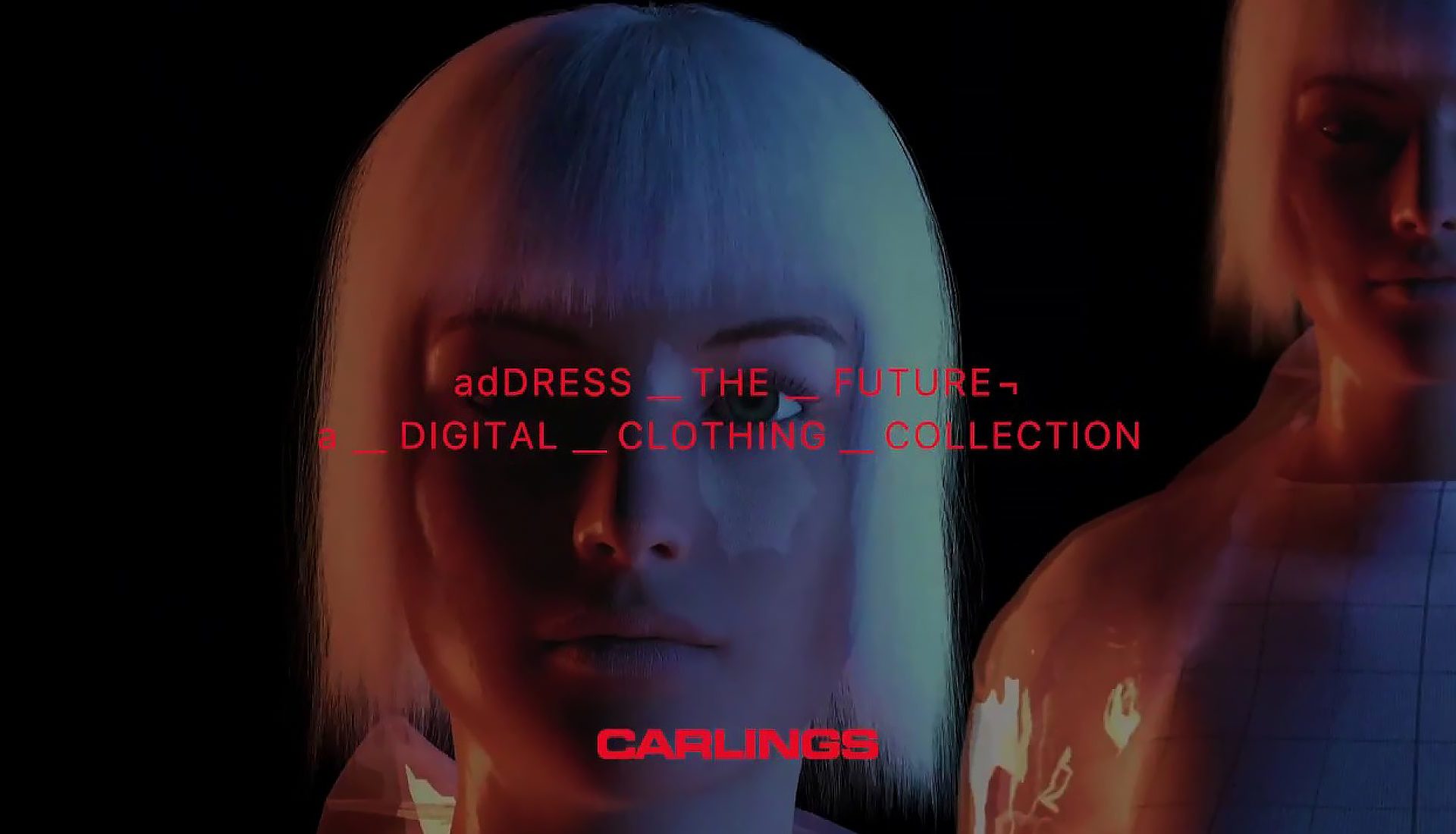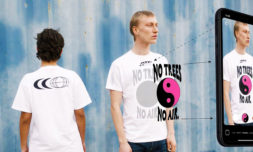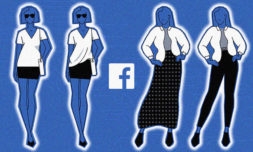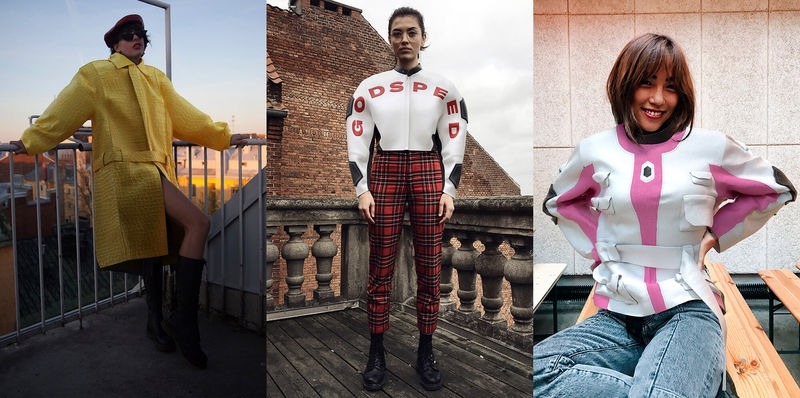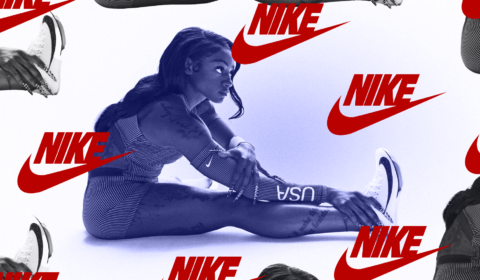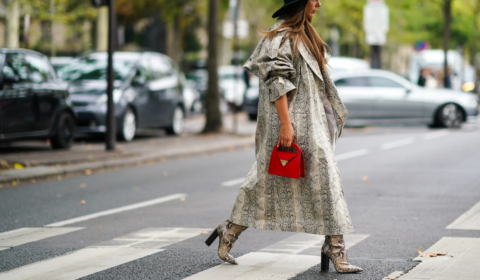An outlandish concept that successfully tackles growing concerns of sustainability, is digital clothing the answer to Instagram-inspired over-consumption?
Virtual reality is more than just a gaming platform. The industry, which has exploded in popularity over the last decade, is beginning to provoke some revolutionary changes in the world of fashion.
If you read our recent article on the virtual restaurants you’ll never visit, you’ll know that nowadays, thanks to the never-ending growth of technology, we don’t really need to leave the house to enjoy a nice meal – or in this case, take an Instagram photo in the new trousers we just bought.
The future of dressing is here. Gone are the days of ordering a bunch of stuff online just to return it a few days later. Now from the comfort of your own bedroom, you can buy and ‘wear’ clothing that you never physically touch.
Digital clothing is exactly what it sounds like. Drawing inspiration from our love of dressing characters on videogames like Fortnite and The Sims, digital clothing is available online as a 3D digital model that can be overlaid on any photo of a body – a guaranteed perfect fit.
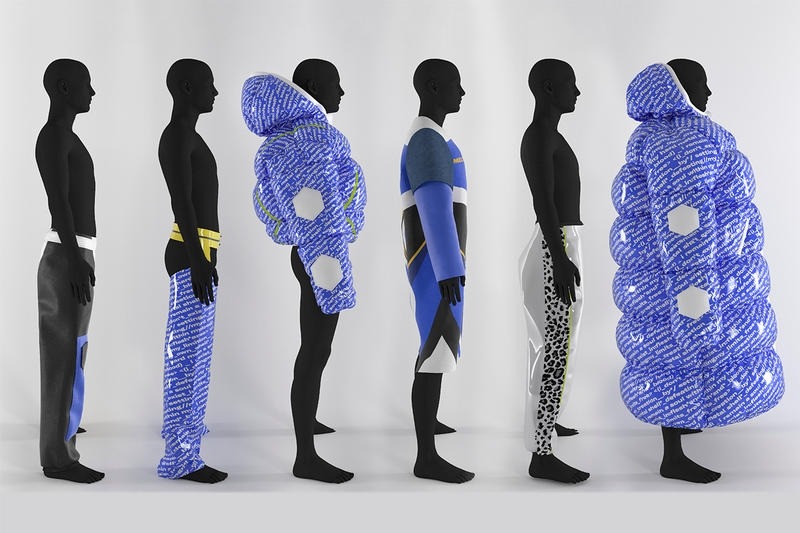

Morten Grubak, creative director of digital clothing brand Virtue Nordic, is at the forefront of the campaign. ‘In the last decade, fashion has moved from the streets to social media,’ he says.
As people continue to live their lives online and #outfitoftheday dominates our timelines, it’s become the norm to order what all the influencers are repping on social media or to buy a knock-off version of our favourite celebrity’s get-up in their latest post.
The fast fashion trend is having a drastic impact on climate change and this throwaway culture of wearing something once before storing it at the back of our wardrobes is incredibly wasteful.
I’m not saying that we should stop shopping altogether, but last year one in ten Brits admitted to buying clothes ‘for the likes’ and it’s a problem we need to solve. Every second the world wastes one garbage truck full of clothing, and if we’re going keep expressing ourselves this way, we shouldn’t do it at the expense of our environment. That’s where digital clothing comes in.
‘I really love this idea because firstly, it’s environmentally-friendly and secondly, clothing nowadays is more like an art form for social media,’ says influencer Daria Simonova. ‘Digital clothing is super convenient, and the design potential is huge because it’s way cheaper.’









